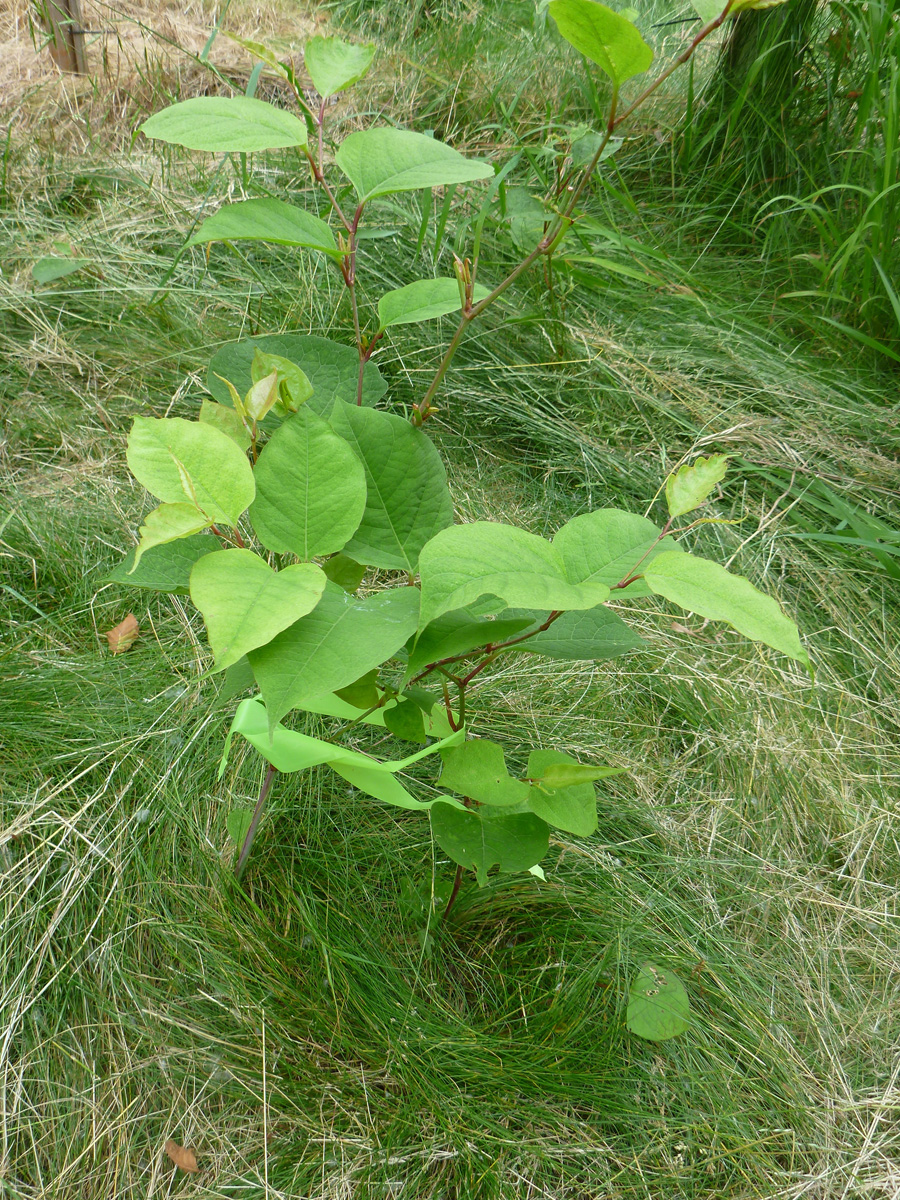Control Knotweed on Your Property
Controlling knotweed takes persistence and diligence. Several treatment options are described below. Because of knotweed’s tremendous ability to resprout from small fragments, successful control usually requires herbicide use. Most patches require more than one year of treatment.
Volunteer Information
The Eradication Nation is a community-based coalition focused on removing non-native invasive plants from our watershed. The program aims to promote stewardship by engaging community members in the invasive species control process.
Survey/Monitoring Volunteer
Using GPS equipment, volunteers will focus on plant inventories, data collection and post-treatment monitoring. Surveying and monitoring will begin in the spring and continue Injecting Knotweedthroughout the growing season. Prospective volunteers will need to be able to navigate uneven terrain and sometimes through thick vegetation.
Herbicide Injector
Saddle up! Grab your six-shooter! Using a needle tip injection gun, volunteers will deliver herbicide directly into the hollow cane of the Japanese knotweed. Injection is the most direct and environmentally safe method of applying herbicide and can occur anytime during the growing season.
Herbicide Applicator
Using a backpack sprayer, volunteers spraying Japanese knotweed begins in summer and continues until the plant’s leaves turn yellow. Prospective volunteers will need to be able to navigate uneven terrain and sometimes through thick vegetation carrying a backpack sprayer. With the assistance and training of program staff, interested volunteers can become licensed herbicide applicators.
Outreach Team
Help spread the word about knotweed and other invasive plants. Volunteers are needed to staff outreach tables during community events.
Garlic Mustard Team
Help us preserve our native plant communities and manage garlic mustard through hand pulling in April and May. Prospective volunteers will need to be able to navigate uneven terrain and sometimes through thick vegetation.


